Idea by
Bruno de Almeida
https://projetositu.wordpress.com
Call for ideas 2017
Critical Site-Specificity
Critical Site-Specificity
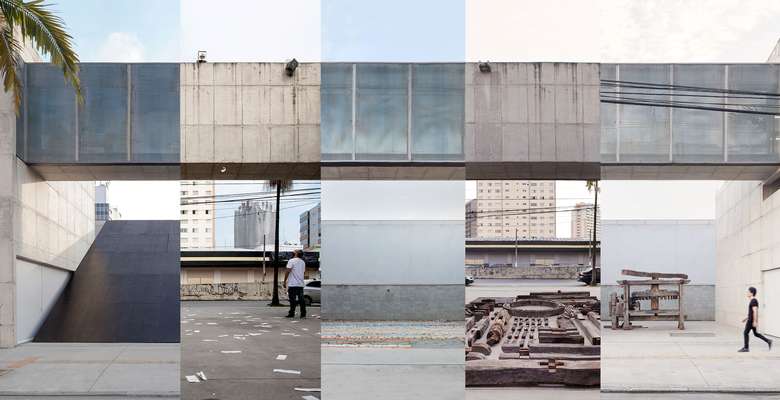
Architecture is having great difficulty in rescuing its critical impetus from the clutches of a political-economic engine.
Future architecture will reinvent its critical status by entangling itself with site-specific artistic investigations. The conjunction of these modes of operations and lexicons will result in unprecedented spatial practices. They will trigger “disturbances” in the predefined system and incite citizens’ critical engagement as well as their reflection on the complex dynamics that build and rebuild our urban environments.
An initial small-scale experiment of these ideas is present in “SITU”, a research platform focusing on a dialogue between art, architecture and the city. It commissions site-specific works for the external areas of a building designed by arch. Paulo Mendes da Rocha, in São Paulo, Brazil. The artworks simultaneously relate to da Rocha’s project and to the public space, while inciting a discussion on contemporary urbanity.
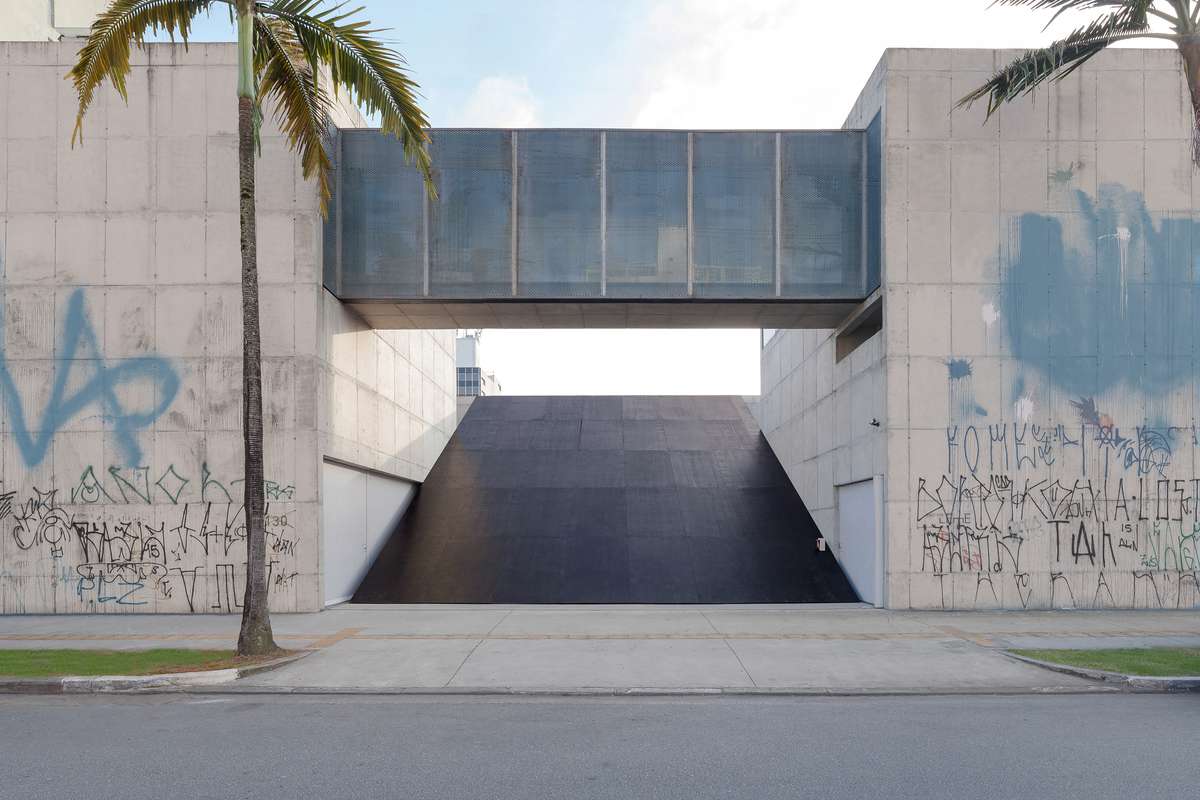
Venezuelan artist Ricardo Alcaide designs a volume that occupies the entire courtyard of the building. The project takes to the extreme the ambiguous character of the courtyard, that despite being freely accessible, it is rarely used by passersby. Thus the installation materializes a recurrent feeling in our experience of the city where public spaces are increasingly materially or immaterially fenced.

Peruvian artist, Sandra Gamarra creates a set of concrete blocks that are similar in size and materiality to those of the gridded facades of the building. In the installation the artist juxtaposes different notions of “grid” which speak directly to the geometric modular order of Brazil’s modernist heritage as well as to cosmic and mystical implications of the Pre-Columbian civilizations.
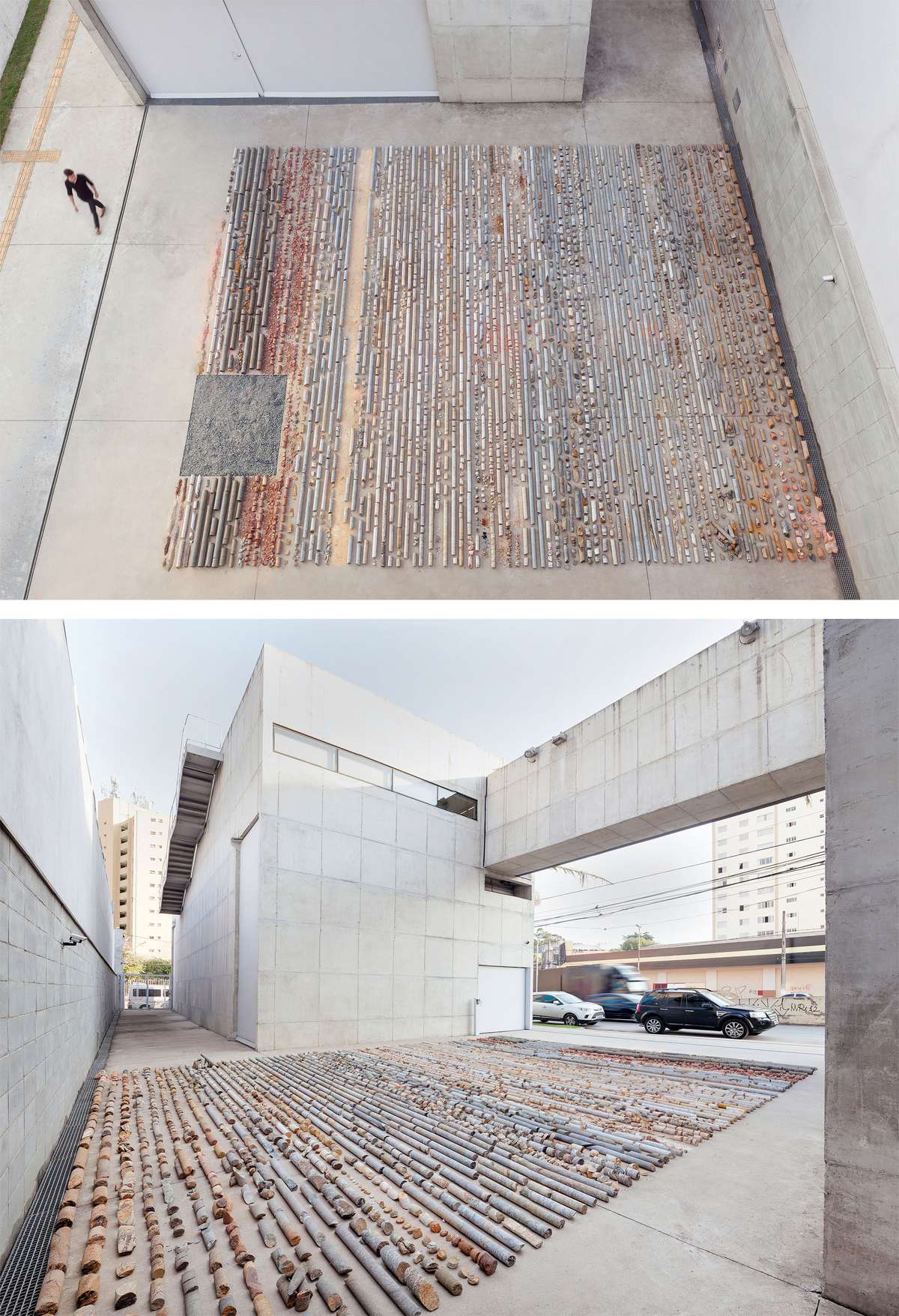
Brazilian artist, Daniel de Paula gathers several rock core samples that come from drillings conducted for public works of urban mobility in São Paulo. He organizes the rocks chronologically according to their geological age, therefore contrasting the time of formation of the earth's crust with the time of construction of the city and conjoining the symbolic value of the soil with its exchange worth.
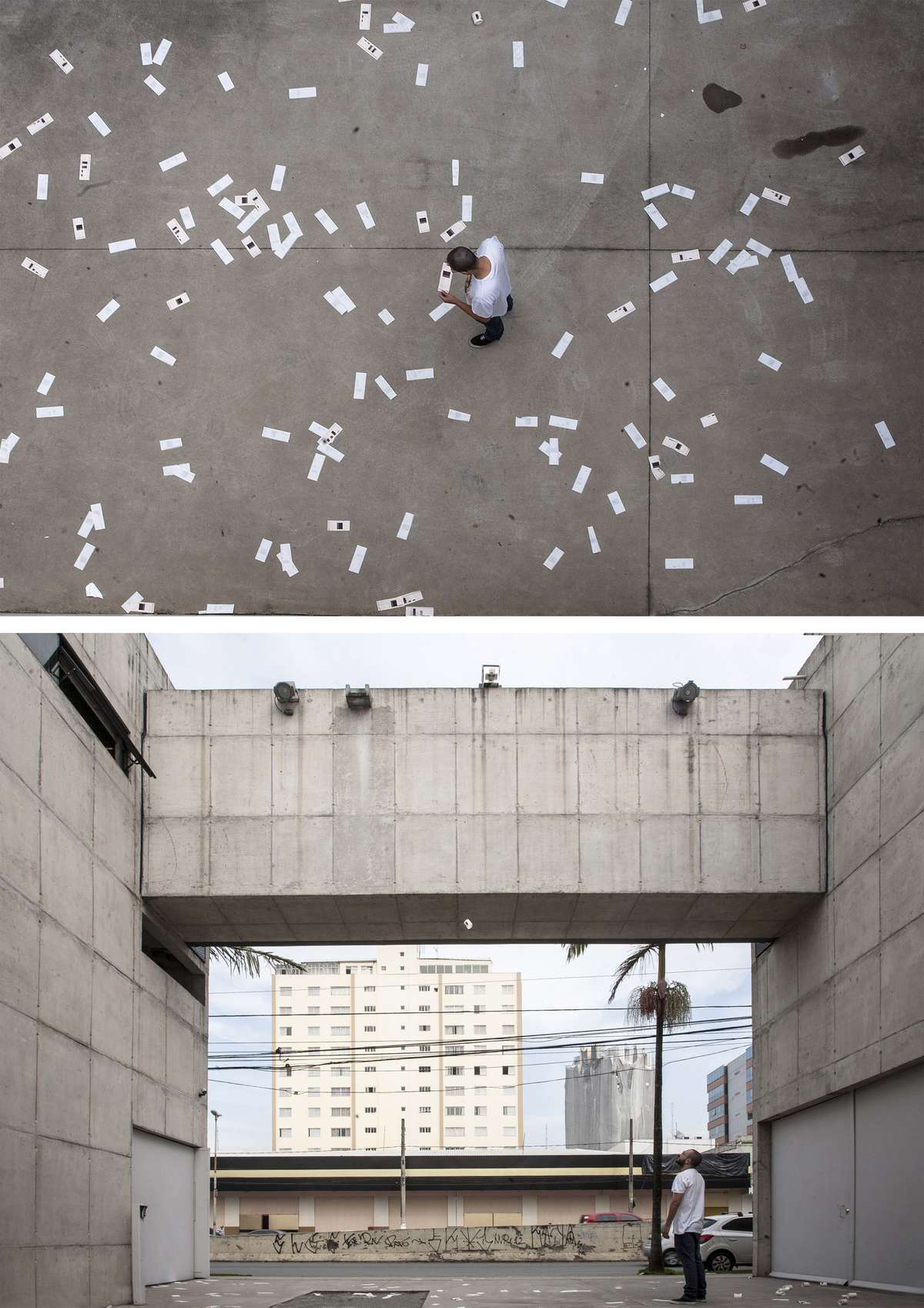
Peruvian artist José C. Martinat places, on top of the building’s walkway, a thermal-printer connected to a software which extracts statistical information on the costs and revenues of the State of São Paulo. The information is taken from a State-owned website, printed as tax receipts and thrown to the exterior of the building where it can be read and taken by passers-by.
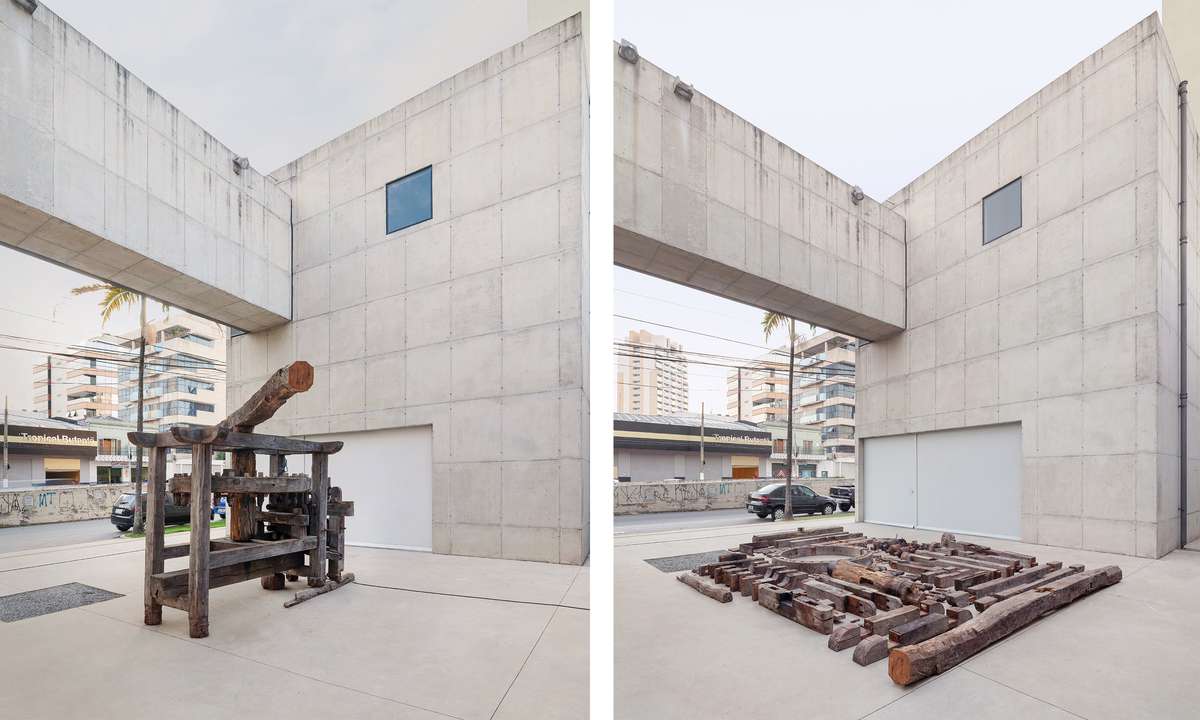
Brazilian artist, Beto Shwafaty’s project is based on a historical research about the region where the building stands. Studying the colonial past of the site he notes that São Paulo’s first sugar cane mill was assembled there in the XVII century. These devices symbolically represent the relationship between power and land ownership that underpins the structuring model of the Brazilian territory.
Critical Site-Specificity
Critical Site-Specificity

Architecture is having great difficulty in rescuing its critical impetus from the clutches of a political-economic engine.
Future architecture will reinvent its critical status by entangling itself with site-specific artistic investigations. The conjunction of these modes of operations and lexicons will result in unprecedented spatial practices. They will trigger “disturbances” in the predefined system and incite citizens’ critical engagement as well as their reflection on the complex dynamics that build and rebuild our urban environments.
An initial small-scale experiment of these ideas is present in “SITU”, a research platform focusing on a dialogue between art, architecture and the city. It commissions site-specific works for the external areas of a building designed by arch. Paulo Mendes da Rocha, in São Paulo, Brazil. The artworks simultaneously relate to da Rocha’s project and to the public space, while inciting a discussion on contemporary urbanity.
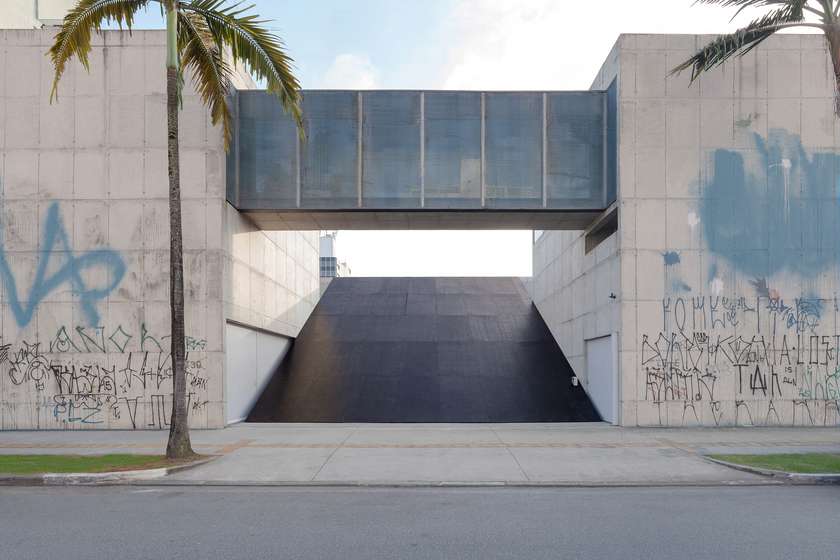
Venezuelan artist Ricardo Alcaide designs a volume that occupies the entire courtyard of the building. The project takes to the extreme the ambiguous character of the courtyard, that despite being freely accessible, it is rarely used by passersby. Thus the installation materializes a recurrent feeling in our experience of the city where public spaces are increasingly materially or immaterially fenced.
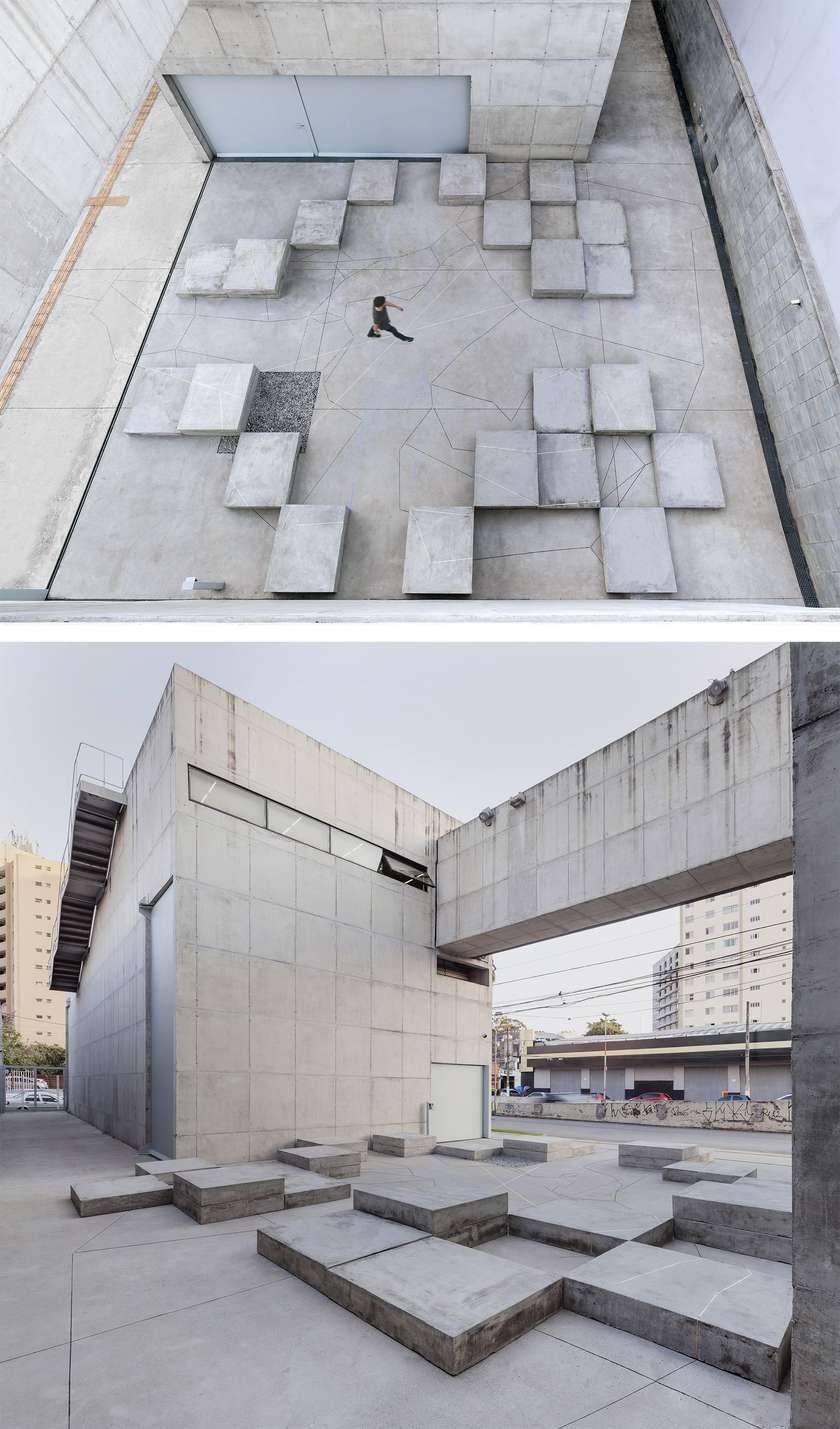
Peruvian artist, Sandra Gamarra creates a set of concrete blocks that are similar in size and materiality to those of the gridded facades of the building. In the installation the artist juxtaposes different notions of “grid” which speak directly to the geometric modular order of Brazil’s modernist heritage as well as to cosmic and mystical implications of the Pre-Columbian civilizations.
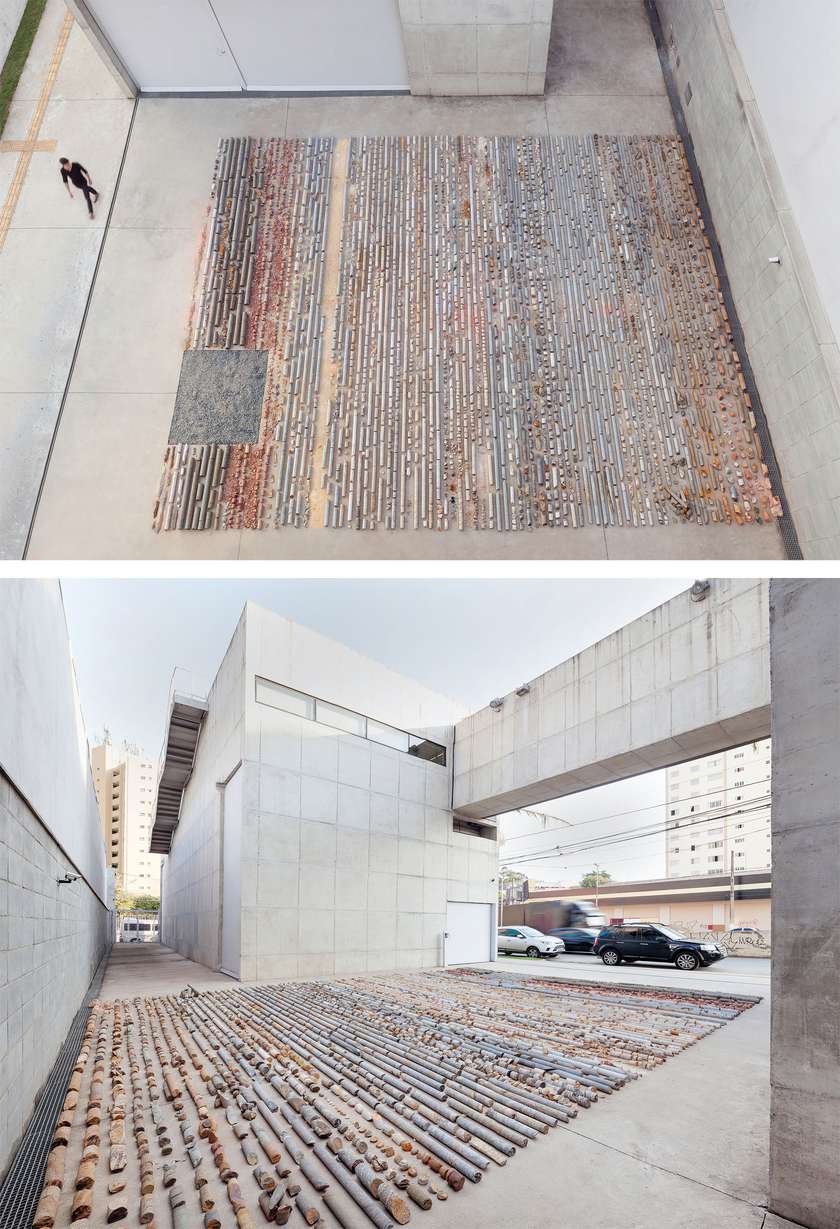
Brazilian artist, Daniel de Paula gathers several rock core samples that come from drillings conducted for public works of urban mobility in São Paulo. He organizes the rocks chronologically according to their geological age, therefore contrasting the time of formation of the earth's crust with the time of construction of the city and conjoining the symbolic value of the soil with its exchange worth.
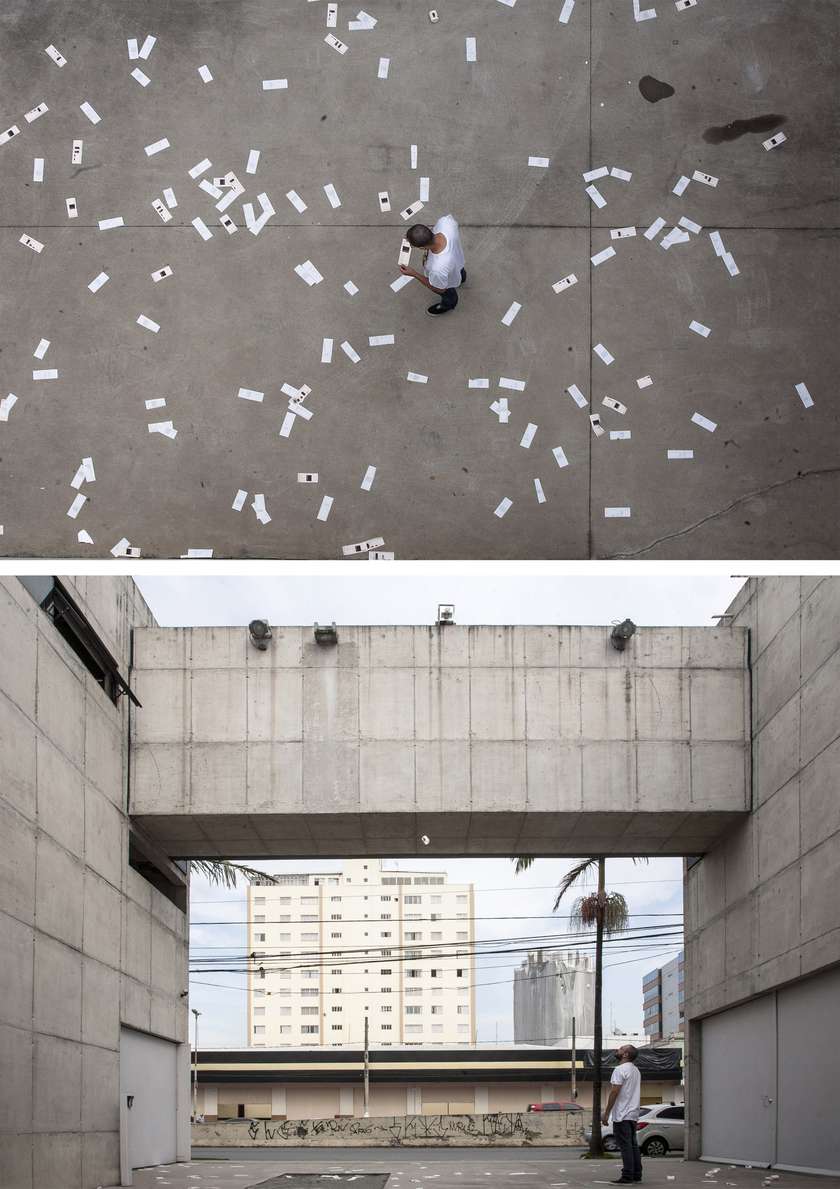
Peruvian artist José C. Martinat places, on top of the building’s walkway, a thermal-printer connected to a software which extracts statistical information on the costs and revenues of the State of São Paulo. The information is taken from a State-owned website, printed as tax receipts and thrown to the exterior of the building where it can be read and taken by passers-by.
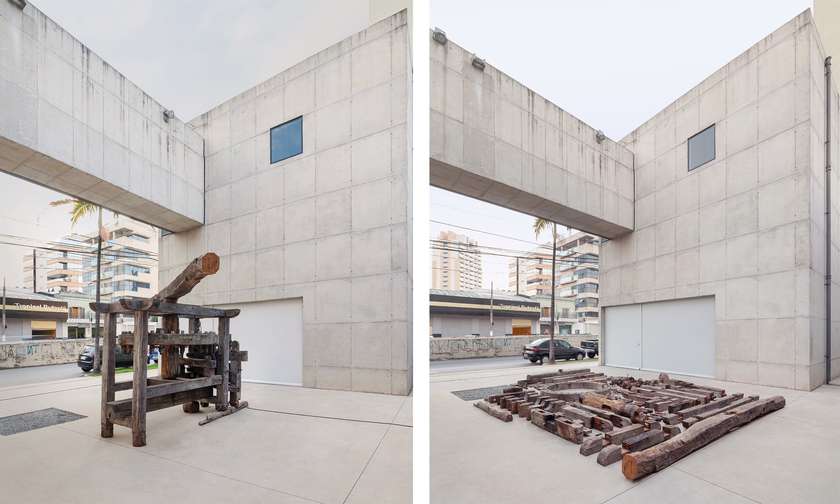
Brazilian artist, Beto Shwafaty’s project is based on a historical research about the region where the building stands. Studying the colonial past of the site he notes that São Paulo’s first sugar cane mill was assembled there in the XVII century. These devices symbolically represent the relationship between power and land ownership that underpins the structuring model of the Brazilian territory.